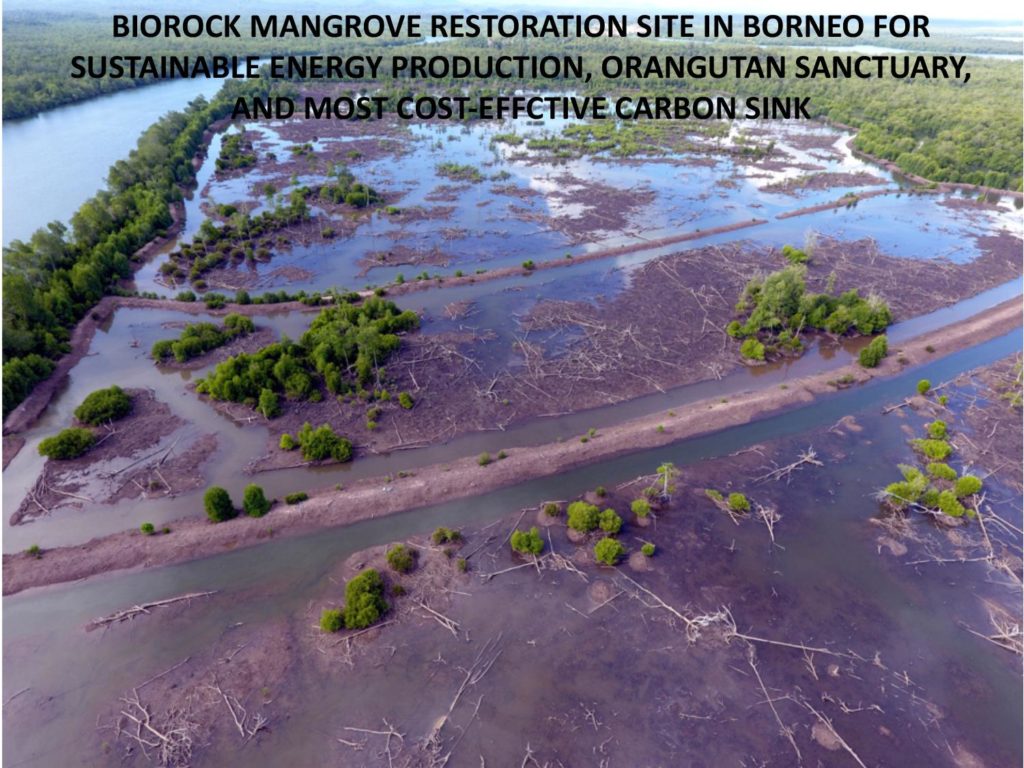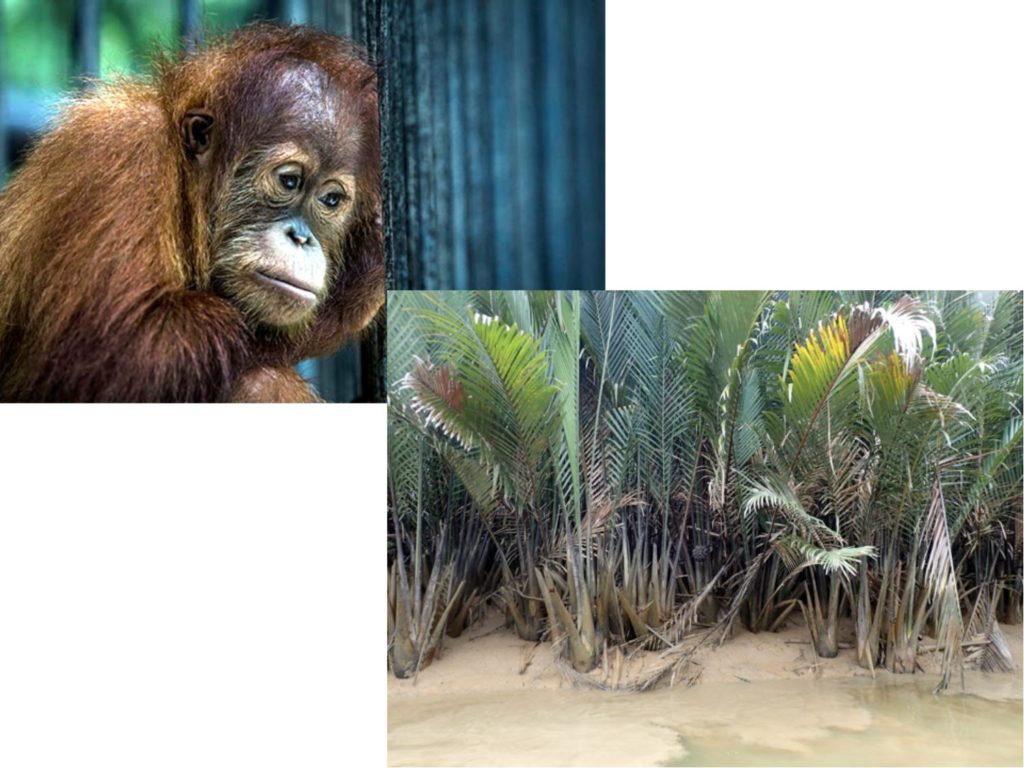Biomass Energy with Carbon Capture and Sequestration (BECCS) and many fake “sustainable biofuel” projects continue to misinform about their net impacts using false carbon accounting.
Some examples are given in this New York Times article, which unfortunately fails to discuss solutions:
https://www.nytimes.com/2018/11/20/magazine/palm-oil-borneo-climate-catastrophe.html?nl=top-stories&nlid=23306988ries&ref=cta
Last year, when the deforested peatlands cleared for oil palm burned in forest fires, Indonesia was briefly the world’s largest CO2 emitter, even more than China or the US!
Indonesia has the world’s largest mangroves, and around half of them have been destroyed.
Most have been destroyed with international “development” funds, in order to create shrimp ponds, around half of which have been abandoned due to disease.
Indonesia now protects mangroves, but the north coast of Java, which used to be mangroves, are now water, causing flooding inland due to sea level rise.
If they were regenerated, Indonesia could be the world’s largest and most cost-effective carbon sink.
The Biorock method, originally developed for coral reef and coastal fisheries regeneration, greatly increases marine plant above and below ground production, and increases carbon storage in sediments.
Willie Smits of Arsari Enviro Industri (a pioneering Indonesian environmental restoration group restoring vast areas of Borneo devastated by logging and unsustainable oil palm plantations), Biorock Indonesia, the Mangrove Action Project, and Indonesian mangrove researchers are trying to find funding to use Biorock restoration methods to restore Borneo mangroves that were illegally clearcut for palm oil plantations, whose peat carbon is now oxidizing and turning into CO2 as the result of deforestation and drainage.
Our goal is to turn this devastated area into an orangutan sanctuary, a carbon sink, and a producer of truly sustainable biofuels.
These will be produced from sustainable tapping of the flower stalks of Nypa fruticans palm, endemic to these swamps, which unlike sugar cane, does not need to be cut down or fertilized to produce biofuels. The area where the project will take place:

Orangutan and Nypa palm:
